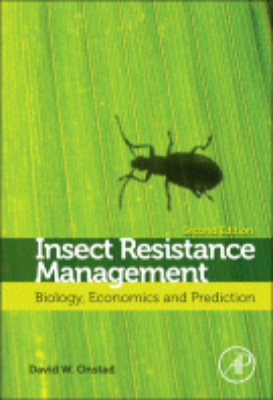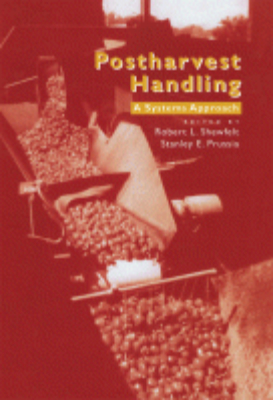Small Animal Clinical Pharmacology
“Small Animal Clinical Pharmacology is a practical, clinically-oriented pharmacology text designed to provide the veterinary student and practitioner with all the relevant information needed when designing drug treatment regimens for pets in small animal veterinary practice. Comprehensively updated and revised, the second edition of this core text covers essential new information on drugs used in the management of a range of presenting conditions including heart disease and cardiac arrhythmias. For the second edition new authors, superb new illustrations and a second colour have all been introduced. With its unique approach combining a thorough understanding of the pharmacological action of drugs with a basic understanding of the relevant physiology and pathophysiology of systems and tissues affected, Small Animal Clinical Pharmacology continues to be an indispensable book for all veterinary students and practitioners. Key Features. Organised by drug class in a uniform and detailed structure which means it is easy to locate key information on dose rates, routes of administration, drug interactions and special considerations at a glance. Key chapters based around treatment of disorders of particular body systems, eg cardiovascular and thyroid disorders. Essential introductory chapters covering pharmacokinetics, general pharmacological principles and adverse reactions for a thorough basic grounding in the subject. All authors are experienced clinicians and recognised experts in their field who bring a down to earth and practical approach to the text”
| Publication Language |
English |
|---|---|
| Publication Access Type |
Premium |
| Publication Author |
* |
| Publisher |
Elsevier |
| Publication Year |
* |
| Publication Type |
ebooks |
| ISBN/ISSN |
* |
| Publication Category |
Animal Science |
Kindly Login to ICAR Digital Library Portal.











